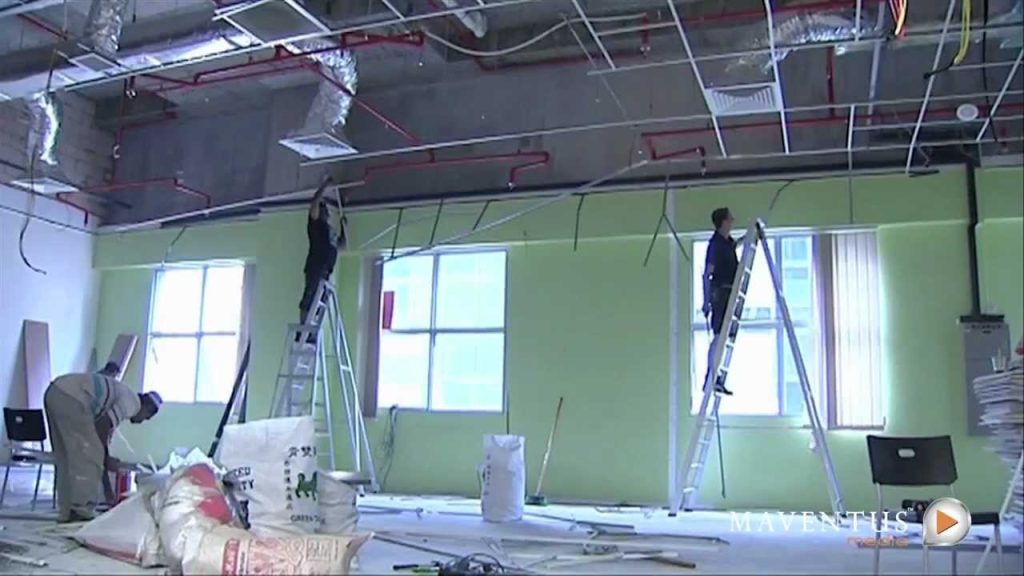
When it comes to video production, there are many types of video lights. Depending upon the type of project, you might need more powerful lighting to illuminate your studio than you would for your documentary. The units of light used to produce video production lights are usually measured in lumens, candelas, cd, lux or foot-candles. There are four main types: Studio, on-camera and Fluorescent.
Each type has unique advantages and disadvantages and some are more costly than others. Soft lighting Soft lighting is used to minimize visual artifacts and textures in videos. Contrasting light patterns can draw viewers’ attention to these points. Soft light is used to fill the frame. Softboxes, also known as diffusers or softboxes are translucent boxes that soften the light and are often used in conjunction with larger lights. To diffuse light, filmmakers also use special umbrellas. Filmmakers can use certain LEDs to give different color temperatures, ranging from warm red to orange and from bright to cool. These bulbs cost about a thousand dollars. Other methods, such as playing with the camera’s settings, are effective in creating colored lighting.
For example, setting the camera’s white balance to daylight will cause the image to look blue, while using a different setting will make it appear orange. Color grading techniques can also be used to affect the overall tone and color of the video. Many movies use clever color techniques to enhance the drama. On-camera lighting On-camera lighting can be a crucial part of any video production. It eliminates the need for endless testing of flashes and allows you to experiment with different lighting options. Most on-camera lights are designed to be close to the subject. For most situations, however, more light is required. You should also turn off overhead lighting if you can. Before the advent of LEDs, fluorescent lights were the top choice of videographers.
These bulbs provide bright, consistent lighting and avoid the heat of traditional tungsten. Fluorescent bulbs are available in many color temperatures and are available in single or multiple tubes. Numerous videographers opt for fluorescent light banks when shooting tight portraits and videos. Fluorescent tubes can be used to provide even, soft lighting without compromising the quality of your on-camera images. Fluorescent lighting Before LEDs became widely available, fluorescent lighting was the preferred light source for videographers. They are much more efficient than tungsten and provide a bright, consistent light source. It is important to choose fluorescent bulbs with a high CRI, which indicates that they are color-correct. They can either be used in single or multiple-bulb forms.

Light banks are excellent for tight portraits because they produce an even, soft light. Fluorescent lighting can be a great choice when shooting video because it works well in combination with many lighting effects. It can also provide a warm studio glow when used correctly. BarnDoor Lighting stocks a variety of fluorescent lighting fixtures, including Osram Cinema Plus tubes. They also offer unique bank lighting fixtures that enable lighting technicians to create cool effects with this source. Here are some of the reasons why fluorescent lighting is a good choice for video production: LED lighting There are many types of LED lighting available for video production.
It all depends on the type and size of the shoot. For example, a business convention or wedding will require a higher light level than a typical home. An on-camera LED lamp is the ideal choice for a video maker who wants to capture a private moment without the help and assistance of a professional crew. It is also compact and lightweight, making it a great choice for small productions or solo shooters. If you’re shooting with your DSLR, it’s not necessary to buy a high quality LED light. Many smartphones can record 4K footage. A cheap LED lighting device could be enough if you are on a tight budget. LED lights are also a great choice for stills photographers and video makers alike. Some models include a rechargeable battery that can produce 2000 flashes per charge.
